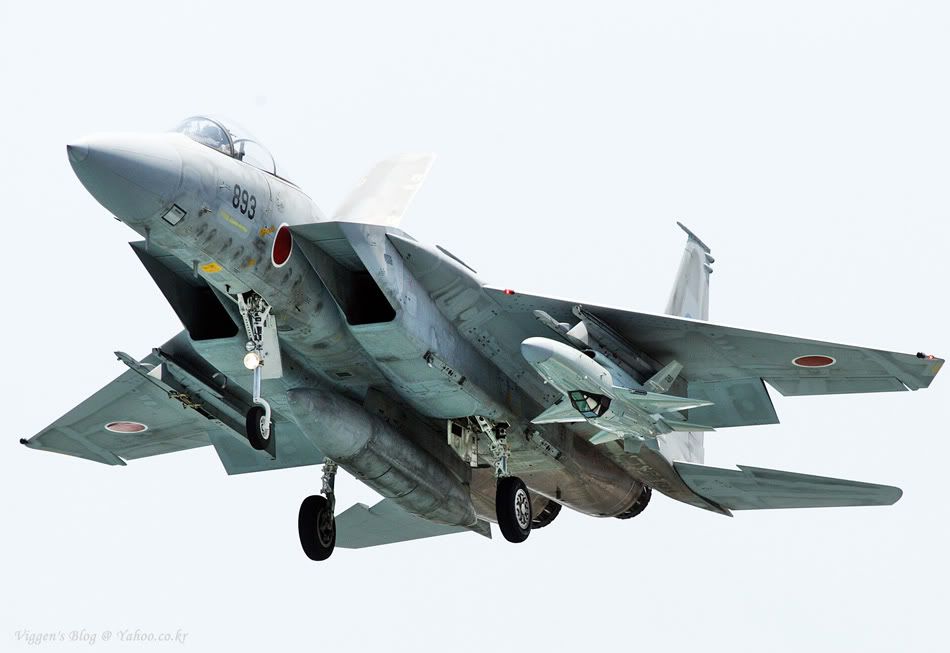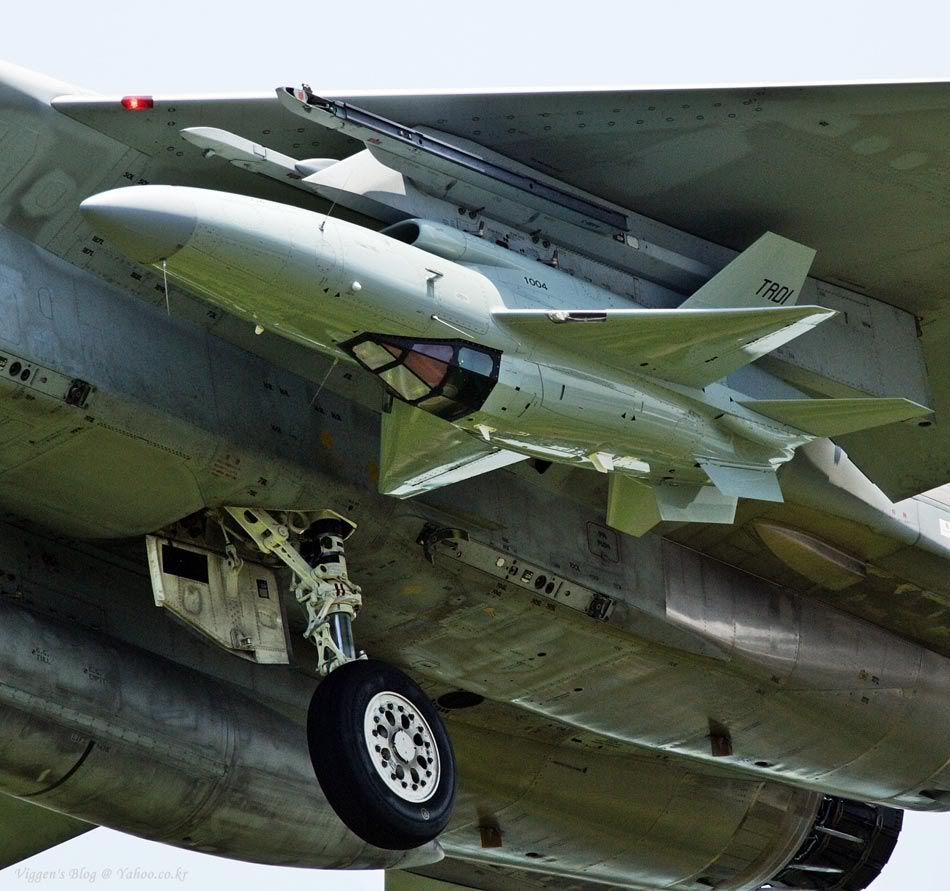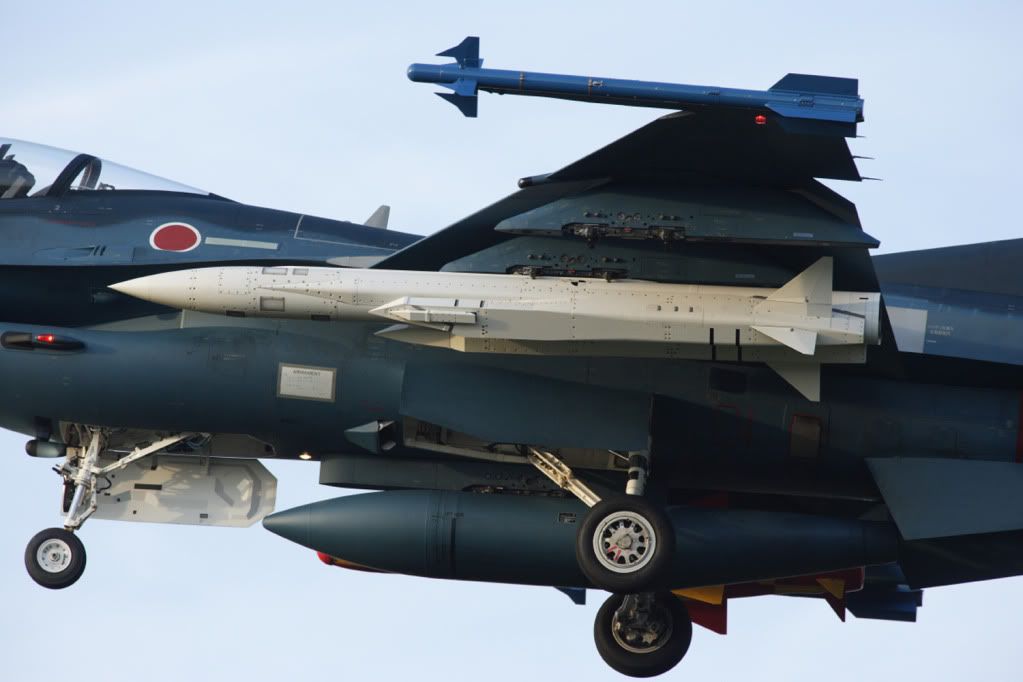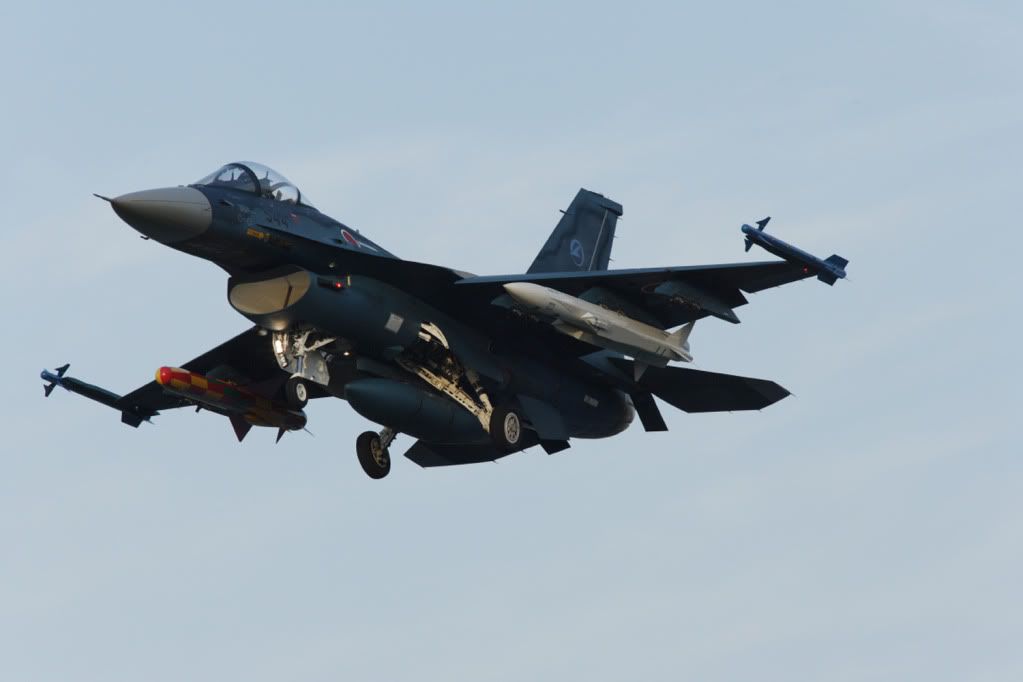HRK
PDF THINK TANK: CONSULTANT

- Joined
- Sep 24, 2010
- Messages
- 14,108
- Reaction score
- 122
- Country
- Location
Japan – AIM-120C7 AMRAAM Missiles | The Official Home of the Defense Security Cooperation Agency
PDF Version:
 japan_14-58.pdf
japan_14-58.pdf
Media/Public Contact: pm-cpa@state.gov
Transmittal No: 14-58
WASHINGTON, Dec 12, 2014 - The State Department has made a determination approving a possible Foreign Military Sale to Japan for AIM-120C7 AMRAAM missiles and associated equipment, parts and logistical support for an estimated cost of $33 million. The Defense Security Cooperation Agency delivered the required certification notifying Congress of this possible sale today.
The Government of Japan has requested a possible sale of 17 AIM-120C7 Advanced Medium Range Air-to-Air Missiles (AMRAAM), 2 Captive Air Training Missiles (CATMs), containers, missile support and test equipment, support equipment, spare and repair parts, publications and technical documentation, U.S. Government and contractor logistics support services, and other related elements of logistics and program support. The estimated cost is $33 million.
This proposed sale will contribute to the foreign policy and national security of the United States. Japan is one of the major political and economic powers in East Asia and the Western Pacific and a key ally of the United States. The U.S. Government shares bases and facilities in Japan. This proposed sale is consistent with U.S. objectives and the 1960 Treaty of Mutual Cooperation and Security.
The Government of Japan requires these missiles for national defense, regional security, inventory modernization, and U.S. interoperability. This sale will enhance the Japan Air Self-Defense Force’s ability to defend Japan’s territory and protect critical Japanese and U.S. installations. Japan, which currently has AIM-120C5 missiles in its inventory, will have no difficulty absorbing these additional missiles into its armed forces.
The proposed sale of this equipment and support will not alter the basic military balance in the region.
The principal contractor will be Raytheon Missile Systems in Tucson, Arizona. There are no known offset agreements proposed in connection with this potential sale.
Implementation of this proposed sale will require multiple trips to Japan involving U.S. Government and contractor personnel for technical reviews, support and program management over a period of seven years. U.S. contractor personnel will be required in the region to conduct modification kit installation, testing, and training.
There will be no adverse impact on U.S. defense readiness as a result of this proposed sale.
This notice of a potential sale is required by law and does not mean the sale has been concluded.
All questions regarding this proposed Foreign Military Sale should be directed to the State Department's Bureau of Political Military Affairs, Office of Congressional and Public Affairs, pm-cpa@state.gov.
PDF Version:
Media/Public Contact: pm-cpa@state.gov
Transmittal No: 14-58
WASHINGTON, Dec 12, 2014 - The State Department has made a determination approving a possible Foreign Military Sale to Japan for AIM-120C7 AMRAAM missiles and associated equipment, parts and logistical support for an estimated cost of $33 million. The Defense Security Cooperation Agency delivered the required certification notifying Congress of this possible sale today.
The Government of Japan has requested a possible sale of 17 AIM-120C7 Advanced Medium Range Air-to-Air Missiles (AMRAAM), 2 Captive Air Training Missiles (CATMs), containers, missile support and test equipment, support equipment, spare and repair parts, publications and technical documentation, U.S. Government and contractor logistics support services, and other related elements of logistics and program support. The estimated cost is $33 million.
This proposed sale will contribute to the foreign policy and national security of the United States. Japan is one of the major political and economic powers in East Asia and the Western Pacific and a key ally of the United States. The U.S. Government shares bases and facilities in Japan. This proposed sale is consistent with U.S. objectives and the 1960 Treaty of Mutual Cooperation and Security.
The Government of Japan requires these missiles for national defense, regional security, inventory modernization, and U.S. interoperability. This sale will enhance the Japan Air Self-Defense Force’s ability to defend Japan’s territory and protect critical Japanese and U.S. installations. Japan, which currently has AIM-120C5 missiles in its inventory, will have no difficulty absorbing these additional missiles into its armed forces.
The proposed sale of this equipment and support will not alter the basic military balance in the region.
The principal contractor will be Raytheon Missile Systems in Tucson, Arizona. There are no known offset agreements proposed in connection with this potential sale.
Implementation of this proposed sale will require multiple trips to Japan involving U.S. Government and contractor personnel for technical reviews, support and program management over a period of seven years. U.S. contractor personnel will be required in the region to conduct modification kit installation, testing, and training.
There will be no adverse impact on U.S. defense readiness as a result of this proposed sale.
This notice of a potential sale is required by law and does not mean the sale has been concluded.
All questions regarding this proposed Foreign Military Sale should be directed to the State Department's Bureau of Political Military Affairs, Office of Congressional and Public Affairs, pm-cpa@state.gov.














